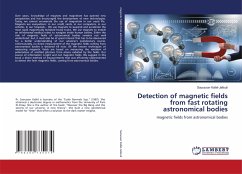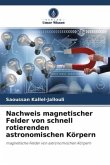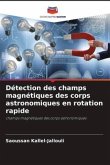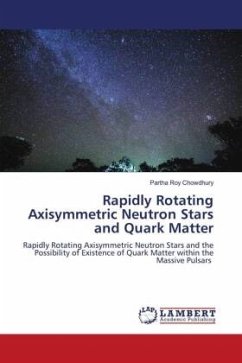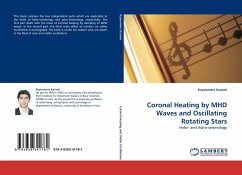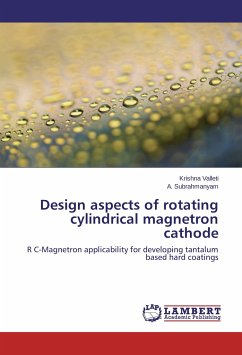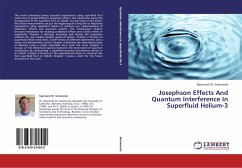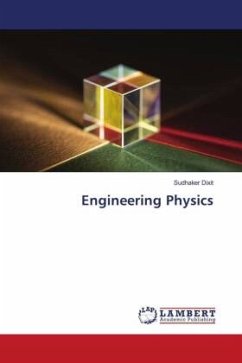Over years, knowledge of magnets and magnetism has opened new perspectives and has encouraged the development of new technologies. Today, we cannot enumerate the use of magnetism in our usual life. Magnets are everywhere: in our credit cards, in our computers, in our vehicles, in our hospitals... We use magnets to suspend and accelerate the most rapid magnetically levitated heavy trains. We use magnets to enable an infinitesimal medical robot to navigate inside human bodies. Either the role of magnetic fields of astronomical bodies remains not well understood, but, it must also be of great interest that has to be discovered for a better understanding of our universe's evolutionary course. Unfortunately, no direct measurement of the magnetic fields coming from astronomical bodies is declared till now. All the known techniques of measuring magnetic fields are based on measuring the variation of polarization of emitted photons from atoms radiated by the fields. Our source of information is light and not magnetic fields. We suggest in this book a direct method of measurements that was efficiently experimented to detect the faint magnetic fields, coming from astronomical bodies.

